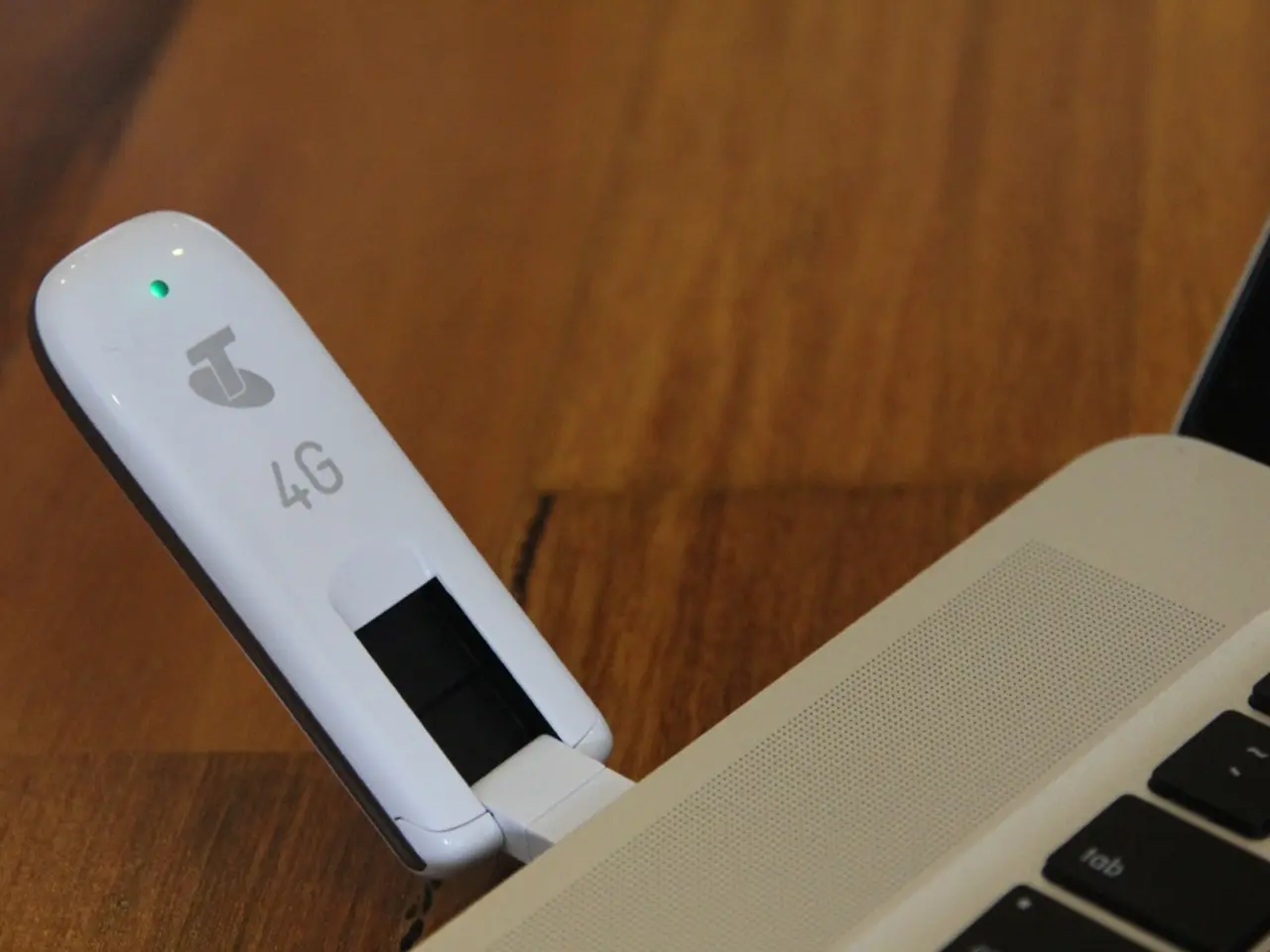Fundamental Features of Design-for-Manufacturing in High Density Interconnect Printed Circuit Boards
In the world of electronics, High-Density Interconnect (HDI) PCBs are becoming increasingly popular due to their ability to accommodate more components and signals in a smaller space. However, designing HDI PCBs requires a meticulous approach to ensure efficient, reliable, and cost-effective production. Here are some key factors to consider during the Design for Manufacturing (DFM) process:
## Precision and Tolerances
Precision is paramount in HDI PCB design. Microvia and via design play a crucial role, with each microvia requiring a sufficient annular ring and precise aspect ratios. Laser drilling is used for microvias, offering controlled depth drilling with precision. Via diameter can be minimized to enhance routing by using a small drill or by decreasing the width of the annular ring.
## Material Selection
The choice of materials is essential for HDI PCBs. Advanced laminates are often used to handle high-frequency signals and heat without warping or distorting. The selection of substrate and copper thickness is important for maintaining signal integrity and thermal stability.
## Stackup and Layer Buildup
The number of layers and their arrangement must be optimized based on signal routing requirements and power distribution needs. Sequential lamination is vital for maintaining layer integrity and preventing misalignment.
## Signal Integrity
Impedance control and crosstalk minimization are crucial for optimal signal transmission. Matching trace width and spacing on the correct layer stack-up helps control impedance, while keeping high-speed traces well-spaced and using continuous ground planes minimizes crosstalk.
## Prototyping and Validation
Utilizing PCB CAD tools with built-in design rule checking (DRC) helps identify potential manufacturing issues. Engaging with the PCB fab and assembly house early in the design process is essential for validating manufacturability and addressing potential issues before production.
## Thermal and EMI Considerations
Implementing copper planes for heat dissipation and ensuring thermal conductivity is vital. Designing guard traces and via fencing helps reduce electromagnetic interference.
In defense and avionics applications, appropriate surface finishes such as ENIG or ENEPIG are recommended due to their planarity, homogeneity, and better shear strength for Surface-Mount Technology (SMT). Laser drilling is beneficial in drilling microvias, blind holes, and buried holes with precision.
When manufacturing HDI boards, it is crucial to choose heat-resistant materials with high glass transition temperature (Tg), low dielectric constant (Dk), high thermal conductivity, and resistance to vibration, shock, humidity, and radiation.
## Challenges and Solutions
As the size of traces decreases, contamination due to foreign objects becomes a significant issue. To mitigate this, it's recommended to use a class 100 cleanroom as defined by the ISO 14644-1.
Via layer connection in HDI boards can be challenging due to the small size of stacked vias, which can lead to voids during drilling. Staggered vias can solve this issue.
Space constraints in HDI PCBs limit the space available for routing the traces. A simple solution is to minimize the parameters of the interconnects to free up more space, which reduces the number of required layers and improves routing flexibility.
By addressing these considerations, HDI PCB designers can ensure that their designs are optimized for manufacturing, reducing errors and improving overall performance.
In the finance sector, controlling the impedance of HDI PCBs during manufacturing is crucial for ensuring the reliable and cost-effective production of electronics, as it impacts signal integrity and transmission. Moreover, the manufacturing industry must use materials that are heat-resistant, have high glass transition temperature (Tg), low dielectric constant (Dk), high thermal conductivity, and resistance to various environmental factors for the efficient production of HDI PCBs in industries such as defense and avionics.




